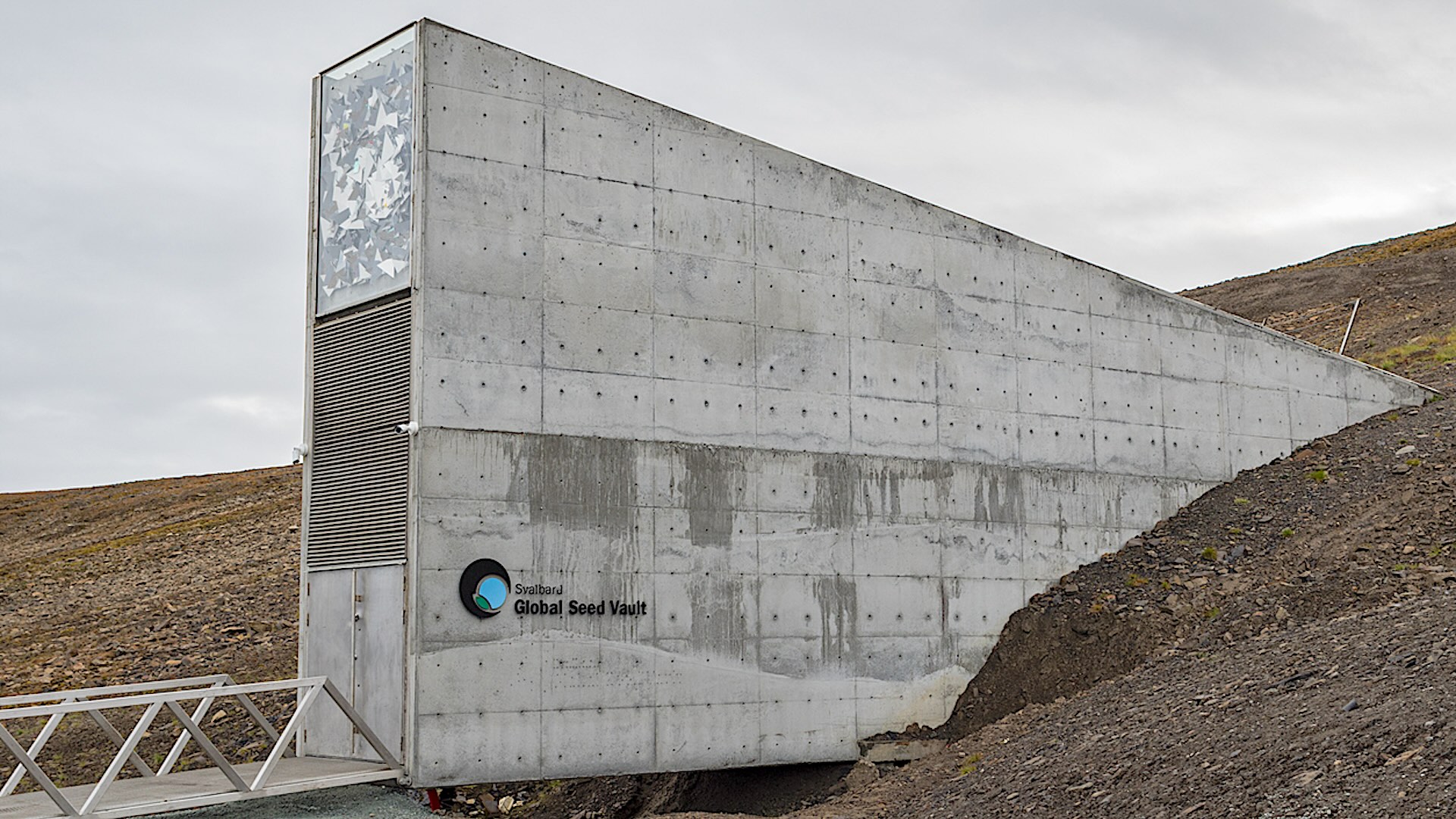As concerns about rising global temperatures and food insecurity increase, there's still a silver lining. The New York Times reported that one of the world's most essential "doomsday" plant vaults received a record-breaking number of new seeds. This is one of the vault's largest one-time additions since 2008.
You may be wondering: What exactly is a doomsday vault? More commonly known as a genebank, this type of vault is a secure genetic capsule meant to withstand catastrophes like climate disasters or even meteor strikes.
Most genebanks contain living things such as seeds, and they ensure that these genetic materials are protected for emergency usage.
This genebank, the Svalbard Global Seed Vault, is located in northern Norway and is one of the largest ones in the world, per the Times. Svalbard already had 1.3 million seed samples from approximately 7,000 species, and just last week, it received 30,000 new samples from around the world.
Many countries that contribute to seed banks are doing so amid growing concerns about the effects of Earth's overheating and food shortages. The World Health Organization estimated that 2.3 billion people faced moderate to severe food insecurity in 2023, and the Times also reported that more than a third of the world's tree species are threatened with extinction.
The genebanks also help with preserving species from war-affected zones around the world. For instance, after the civil war in Syria devastated a seed storage bank in Aleppo in 2015, the first withdrawal from Svalbard was made to help make recovery samples that were then shipped to Lebanon and Morocco, as reported by Reuters. Additionally, between 2024 and 2025, seeds will be arriving at Svalbard from Israeli-occupied Palestinian territories as well as Sudan to help preserve important plant species.
More than 1,750 genebanks exist worldwide, including in the Amazon and the Andes in Peru, and the recent contribution to Svalbard came from 23 different genebanks — one of the largest groups to do so in a single window since 2020.
Thanks to its location in the Arctic, Svalbard is built to withstand natural disasters and stay well below freezing point even without electricity. As a result, the millions of diverse crop samples stored there will be in great hands for the foreseeable future.
Laurie Parsons, an academic who studies the changing climate at the Royal Holloway, University of London, noted in an email to the Times that the growing trend of genebank deposits reflects a "widespread awareness that the climate in which humans have thrived for the past 10,000 years is now gone."
"Genebanks are ramping up efforts to back up seed collections, and we are proud to support them by providing a safe haven in Svalbard," said Dr. Stefan Schmitz, executive director of the Crop Trust, in an announcement.
Join our free newsletter for good news and useful tips, and don't miss this cool list of easy ways to help yourself while helping the planet.









